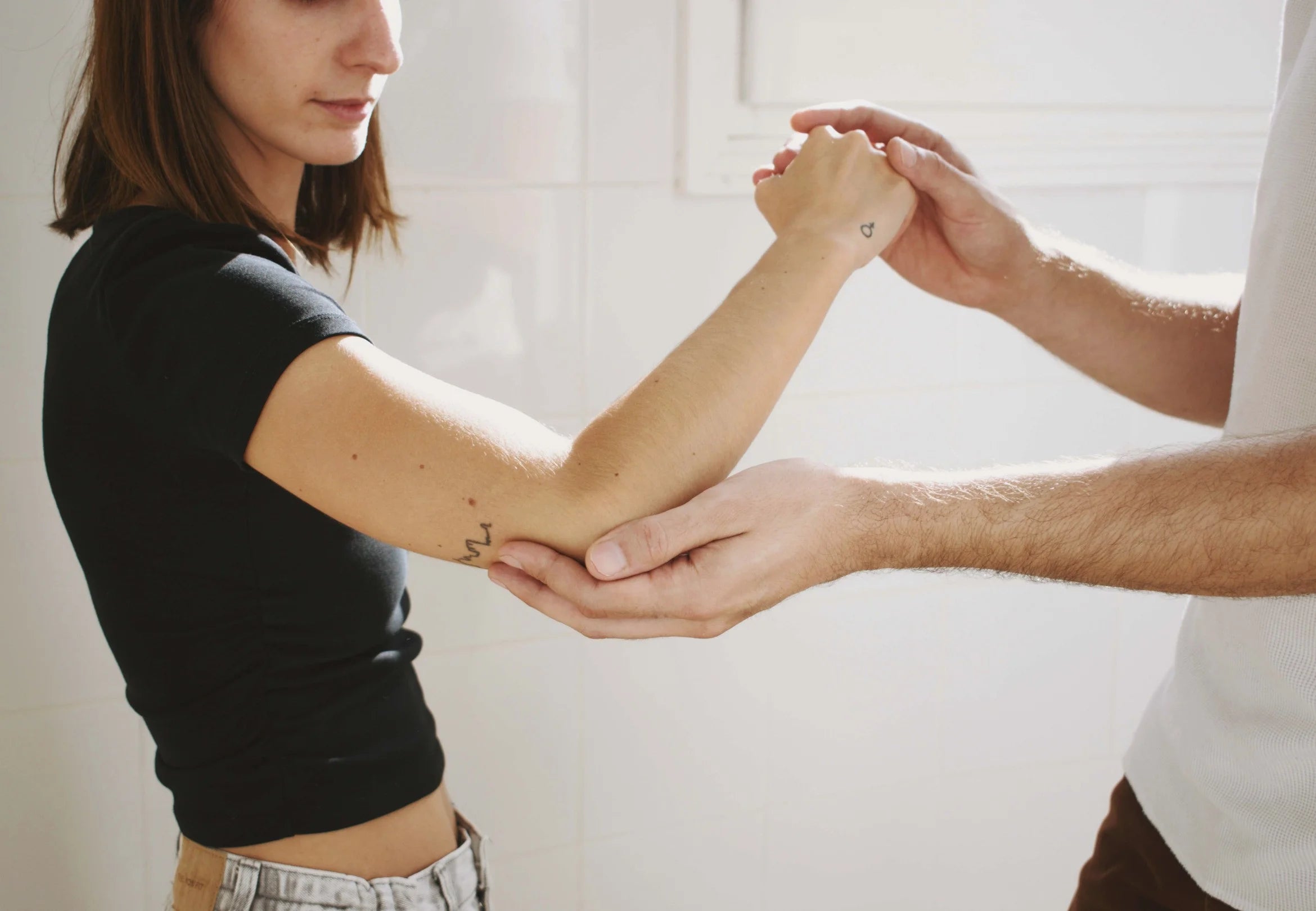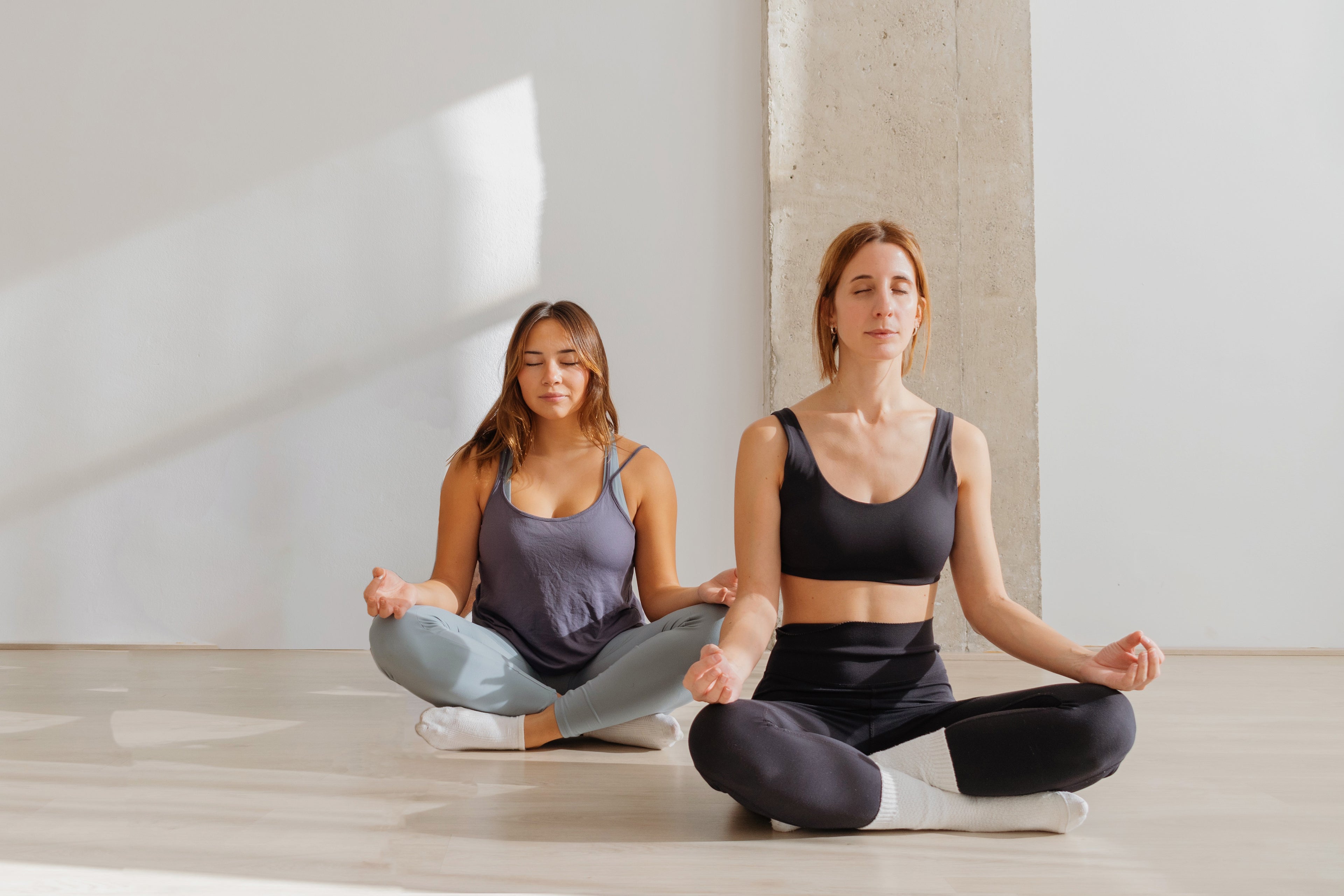Are you concerned about the health of your joints? If so, you’re in the right place. In this post we are going to explain what joints are and what they are made of, but we are also going to give you some advice on how to take care of them.
Movable joints: The “hinges” of our bones
Joints are the connecting points between two bones, or between a bone and a cartilage. We have several types of joints in our body (movable, semi-movable or immovable). Movable joints, also known as synovial joints, are the most subject to wear and tear. The main movable joints in our body are the hips, shoulders, elbows, knees, wrists and ankles.
Excessive physical activity and weakened joints due to ageing or other factors can lead to joint pain and susceptibility to injury. The good news is that this problem can be prevented and/or treated.
What’s inside our joints? A movable joint is a complex structure, made up of several parts: cartilage, tendons, capsule, membrane and synovial fluid. Here is a simple diagram of a joint, so that you can better understand what we are talking about:

Cartilage is the main structural element involved in joint pain, a tissue that is not connected to nerves or blood vessels. Cartilage is also composed by cells, called chondrocytes, and by an extracellular matrix (ECM) that gives it its peculiar mechanical properties, consisting mainly of water, collagen, hyaluronic acid and proteoglycans (glucosamine and chondroitin).
When you are young, chondrocyte density in cartilage is high and the cells are highly metabolically active, dividing and rapidly synthesising large amounts of ECM. Subsequently, as we age, cellular activity declines, ECM synthesis decreases and most chondrocytes do not divide anymore.
Articular cartilage provides a lubricated articular surface, reduces friction, transfers and distributes mechanical loads in different positions, and allows bones to glide and rotate over each other without wearing out.
What causes joint pain?
Joint pain can be caused by many different reasons, such as autoimmune diseases (arthritis), infection (synovitis), sprains… These conditions require medical intervention, and are quite difficult to prevent.
But there is one reason for joint pain that we can deal with, and that is cartilage wear and tear as the years go by, also known as osteoarthritis. As we have seen, cartilage has little or almost no capacity to regenerate itself and, as the years go by, it suffers wear and tear as a result of everyday use.
As cartilage is a nerve-free tissue, the initial injury is asymptomatic, and pain is only felt when it affects the deeper cartilage layers, those in contact with the bone, which is where the nerve endings begin to develop.
Take care of your joints and say goodbye to pain
To make sure your joints are healthy and well cared for, here we give you a few suggestions:
- Warm-up before exercising: Before any type of physical activity, warm up beforehand to prepare your muscles and joints in order to avoid damaging your tendons and muscle fibres.
- Avoid high wear and tear situations: We must be cautious when carrying out certain activities that require great effort from our joints: intense exercise, running, strength training with too much weight, etc. We recommend limiting exercises that excessively damage your joints and prioritising low-impact sports, such as swimming.
- Maintain a healthy weight: Excess weight can damage our joints, forcing them to carry more weight, which can cause premature wear and tear and future problems.
- Maintain an active lifestyle: It is important to do regular moderate physical activity, as well as strength exercises (such as weights or similar), to guarantee proper muscle and bone mass. This strengthens your joints and helps to prevent some ageing symptoms such as falls, fractures and joint pain.
- Stretching and correct postures: Stretching your muscles strengthens your fibres and avoids sudden movements that can harm your joints. It has been proven that doing yoga improves the musculoskeletal system and also helps to improve cognition and stress management!
- Take the necessary nutrients, vitamins and minerals: It is important to follow a balanced diet containing the right nutrients to ensure that joint structures are properly maintained and synthesised: collagen, glucosamine, chondroitin and minerals such as silicon, iron, magnesium, calcium, phosphate, manganese and vitamins such as D, A, K and B12, which also help in the synthesis and maintenance of bone structure. Some plant-based ingredients have proven to provide effective care for our joints: turmeric root, which is rich in polyphenols, curcuminoids, which, among other properties, are anti-inflammatory and antioxidant. Eggs, specifically their membrane, are naturally rich in collagen. In addition, plant foods also help us stay well hydrated due to their high water content.
Allies of your bones and joints
Here are some highly effective products that will help you take care of your joints, while maintaining good bone health:
Glucosamine complex
Its main components are glucosamine and chondroitin, which form part of cartilage structure. Supplementing with them helps maintain joints and reduce joint pain. Our complex also contains Boswellia serrata plant to boost the glucosamine’s effect on joint pain, quercetin to slow the effects of ageing and MSM (methylsulphonylmethane), a compound that provides sulphur, which is necessary for collagen fibres to be properly positioned.
How to use: Take 2 capsules per day, one with breakfast and one with dinner.
IMPORTANT: It is recommended to take glucosamine for 6 months initially, followed by a 1-2 month break. Then resume in periods of 3 months and 1-2 month breaks.
Marine collagen complex.
Our formula contains NatiCol® (900 mg per daily dose), which is hydrolysed marine collagen type I, a nutrient that contributes towards joint maintenance. It also contains hyaluronic acid (50 mg per daily dose), whose function is to retain water, acting as a lubricant to prevent friction during joint mobility. It also contains antioxidants such as CoQ10 and vitamins C (essential for collagen formation) and E, and zinc, an essential mineral for maintaining bones and skin..
How to use: Take 2 capsules per day, preferably with meals. Can be taken together, or split over two meals.
Hyaluronic acid and collagen complex.
Is a hyaluronic acid-based complex (200 mg per daily dose) and hydrolysed collagen type I and type II (700 mg per daily dose), vitamin C and MSM.
How to use: Take 2 capsules per day, with breakfast and dinner.
Vegetarian Collagen.
This collagen is a vegetarian alternative, as it is obtained from egg membrane. Egg membrane naturally contains 35 % non-hydrolysed collagen (Type I, Type V and Type X) and about 7 % glycosaminoglycans, including chondroitin sulphate, hyaluronic acid, keratan and dermatan sulphates. It also contains 3.5% lysozyme. The rest is high biological value protein. We use Spanish organic eggs. We have added turmeric (for its anti-inflammatory action), devil’s claw and acerola extracts, a natural source of vitamin C, to our formula.
How to use: Take 1-2 capsules per day, preferably with meals.
Turmeric Curcumin Extract.
As previously mentioned, curcumin has antioxidant and anti-inflammatory properties, which is why it helps relieve joint pain and promotes cartilage regeneration through chondrocytes, preventing the cells from dying due to inflamation.
How to use: Take 1 capsule per day in the morning.
Magnesium.
This mineral is essential for the proper functioning of the nervous and muscular systems. It is important to maintain good muscle function to avoid joint injuries.
How to use: Take 1 tablet per day with any meal. If taken in the evening with your dinner, magnesium will also help to improve the quality of your sleep.
Below you will find a table summarising a guidline we usually recommend to our clients in order to deal with joint wear and tear and joint pain:
| In the morning | 1 Turmeric Curcumin Extract capsule |
| With lunch | 1 Marine collagen complex capsule + 1 Glucosamine complex capsule |
| With dinner | 1 Marine collagen complex capsule + 1 Glucosamine complex capsule |


